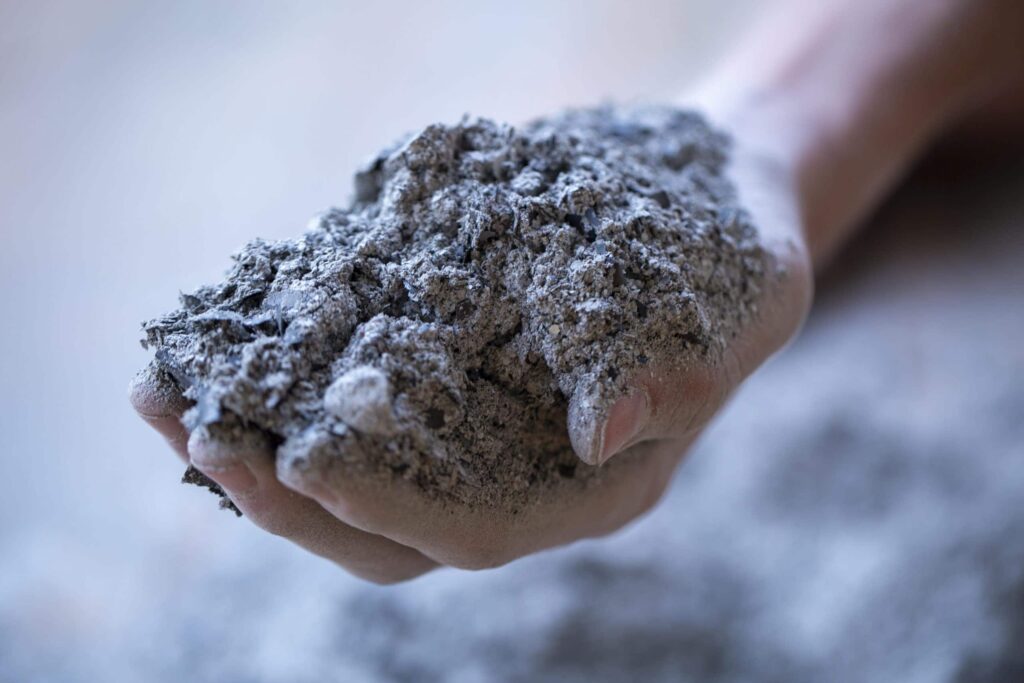
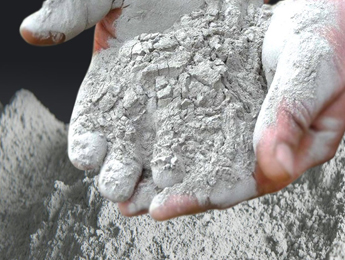
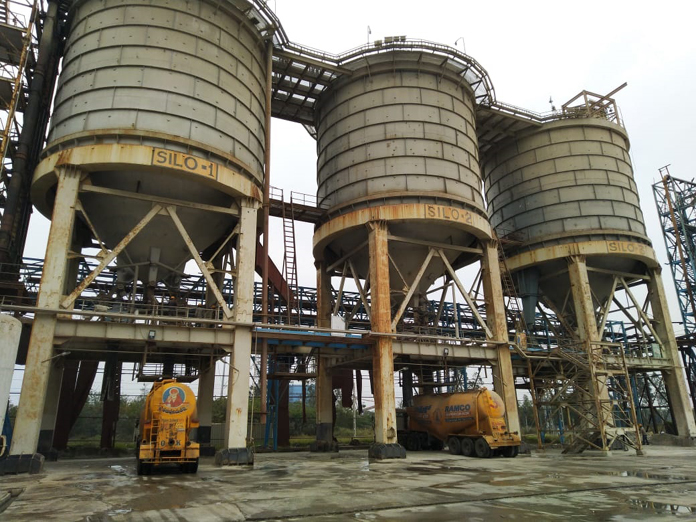
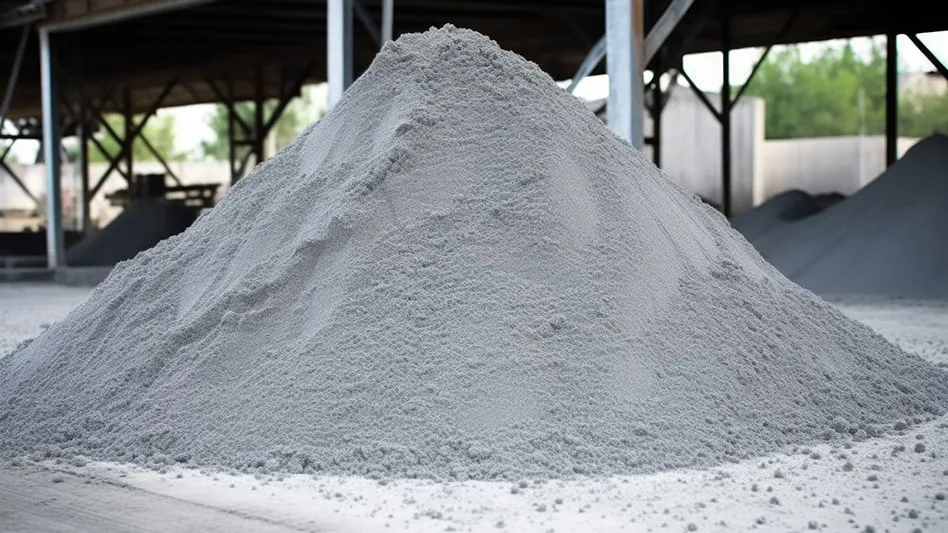
Fly ash
Fly ash, a byproduct of burning coal in power plants, varies in its chemical properties depending on the composition of the coal, combustion conditions, and post-combustion processing. However, typical chemical properties of fly ash include high silica (SiO2), alumina (Al2O3), and iron oxide (Fe2O3) content. It also contains smaller amounts of calcium oxide (CaO), magnesium oxide (MgO), and other elements. The specific chemical composition can vary widely, affecting its suitability for various applications such as cement production, concrete admixture, or environmental remediation.
Fly ash
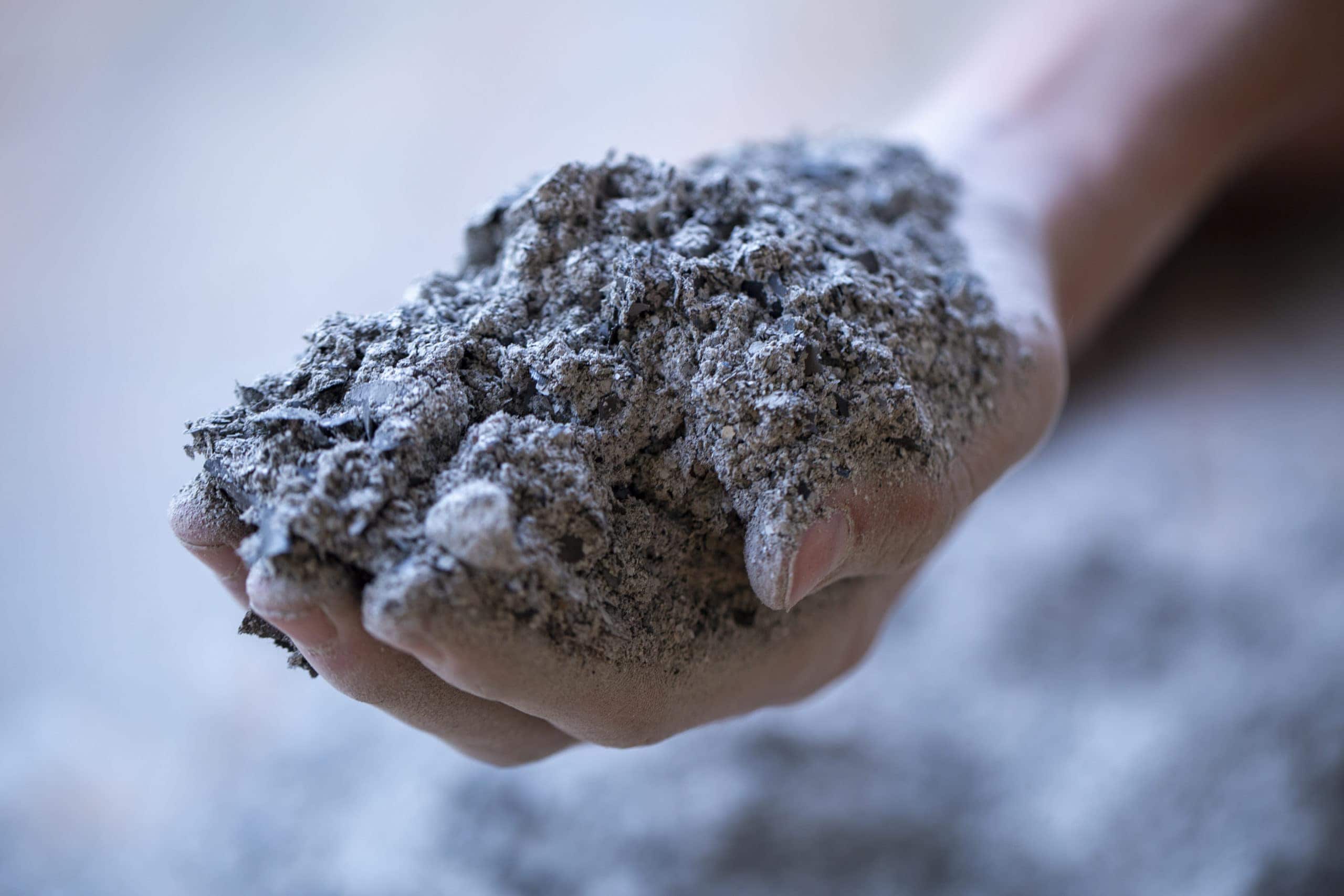



Fly ash, a byproduct of burning coal in power plants, varies in its chemical properties depending on the composition of the coal, combustion conditions, and post-combustion processing. However, typical chemical properties of fly ash include high silica (SiO2), alumina (Al2O3), and iron oxide (Fe2O3) content. It also contains smaller amounts of calcium oxide (CaO), magnesium oxide (MgO), and other elements. The specific chemical composition can vary widely, affecting its suitability for various applications such as cement production, concrete admixture, or environmental remediation.
Building a Better Future with Fly Ash
- Concrete production: Enhancing concrete strength and sustainability with fly ash.
- Road construction: Strengthening roads and reducing environmental impact with fly ash.
- Structural fills: Building stability and sustainability with lightweight fly ash fills.
- Soil stabilization: Improving soil properties and construction durability with fly ash.
- Waste stabilization and remediation: Mitigating environmental risks with fly ash in waste management.
- Agriculture: Boosting soil fertility and water retention with fly ash soil amendments.
- Manufacturing of building materials: Enhancing building material strength and efficiency with fly ash.
Join the Conversation: Contact Us
- Phone Number : 9978579512
- Email ID : Info@terramineral.in
- Office Address : B 11 Ground, Shalin Square, Lal Gebi Cir, Vinzol, Hathijan, Ahmedabad, Gujarat 382445
